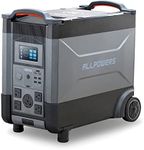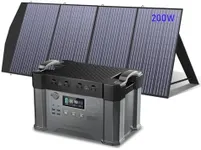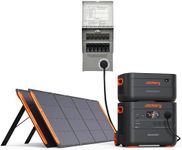Buying Guide for the Best Portable Generator For Sump Pump
Choosing the right portable generator for your sump pump is crucial to ensure that your basement stays dry during power outages. A sump pump is essential for preventing flooding, and a reliable generator will keep it running when you need it most. When selecting a portable generator, consider the power requirements of your sump pump, the generator's runtime, fuel type, portability, and additional features that can enhance convenience and safety.Power Output (Wattage)Power output, measured in watts, indicates how much electricity the generator can produce. This is important because your sump pump requires a certain amount of power to operate effectively. To determine the right wattage, check the power requirements of your sump pump, which are usually listed in the user manual or on the pump itself. Generators typically come in different wattage ranges: low (up to 2000 watts), medium (2000-5000 watts), and high (5000+ watts). For a sump pump, a generator in the medium range is often sufficient, but always ensure it meets or exceeds your pump's requirements.
RuntimeRuntime refers to how long the generator can operate on a full tank of fuel. This is important because it determines how long your sump pump can run during a power outage. Generators with longer runtimes are more convenient as they require less frequent refueling. Runtime can vary based on the generator's load; a generator running at half load will typically have a longer runtime than one running at full load. Consider your area's typical power outage duration and choose a generator with a runtime that can cover that period without needing constant refueling.
Fuel TypePortable generators can run on different types of fuel, including gasoline, propane, and diesel. The fuel type affects the generator's efficiency, cost of operation, and ease of refueling. Gasoline is widely available and easy to use but has a shorter shelf life. Propane is cleaner and has a longer shelf life but may require additional equipment for storage. Diesel is efficient and has a long shelf life but can be more expensive and less readily available. Choose a fuel type that is convenient for you to store and use, especially during emergencies.
PortabilityPortability refers to how easy it is to move the generator around. This is important if you need to transport the generator to different locations or store it when not in use. Portable generators come in various sizes and weights, and some have wheels and handles for easier movement. If you plan to move the generator frequently, look for a model with good portability features. For stationary use, portability may be less of a concern, but it's still useful for storage and maintenance purposes.
Noise LevelNoise level, measured in decibels (dB), indicates how loud the generator is when operating. This is important for maintaining a comfortable environment, especially if the generator will be used near living spaces. Generators can range from very quiet (under 60 dB) to quite loud (over 75 dB). If noise is a concern, look for a generator with a lower noise level. Inverter generators are typically quieter than conventional models and may be a good choice if you need a quieter operation.
Safety FeaturesSafety features are important to protect both the generator and your home. Look for features such as automatic shutoff for low oil levels, overload protection, and carbon monoxide detectors. These features help prevent damage to the generator and reduce the risk of accidents. Additionally, consider a generator with a GFCI (Ground Fault Circuit Interrupter) to protect against electrical shocks. Prioritizing safety features can give you peace of mind during use.

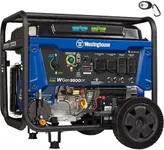
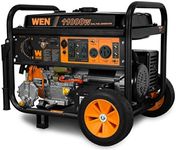
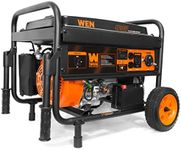
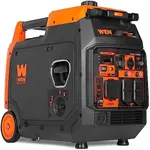
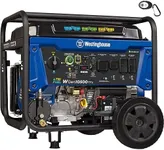

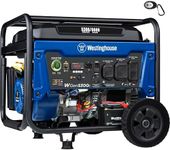


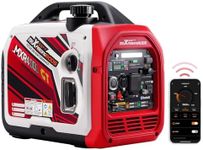

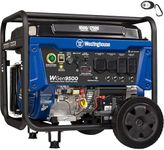
![[Upgraded Version] ALLPOWERS S2000 Portable Power Station 2000W (Peak 4000W) MPPT Solar Generator 1500Wh Backup Battery with 4 AC Outlets for Outdoor Camping RV Emergency Off-Grid](https://images-proxy.bestreviews.guide/RKciUpoEpXP6FG5NDwMBUKV-gKk=/0x150/https://m.media-amazon.com/images/I/51n9OTptdIL._AC_CX679_.jpg)
